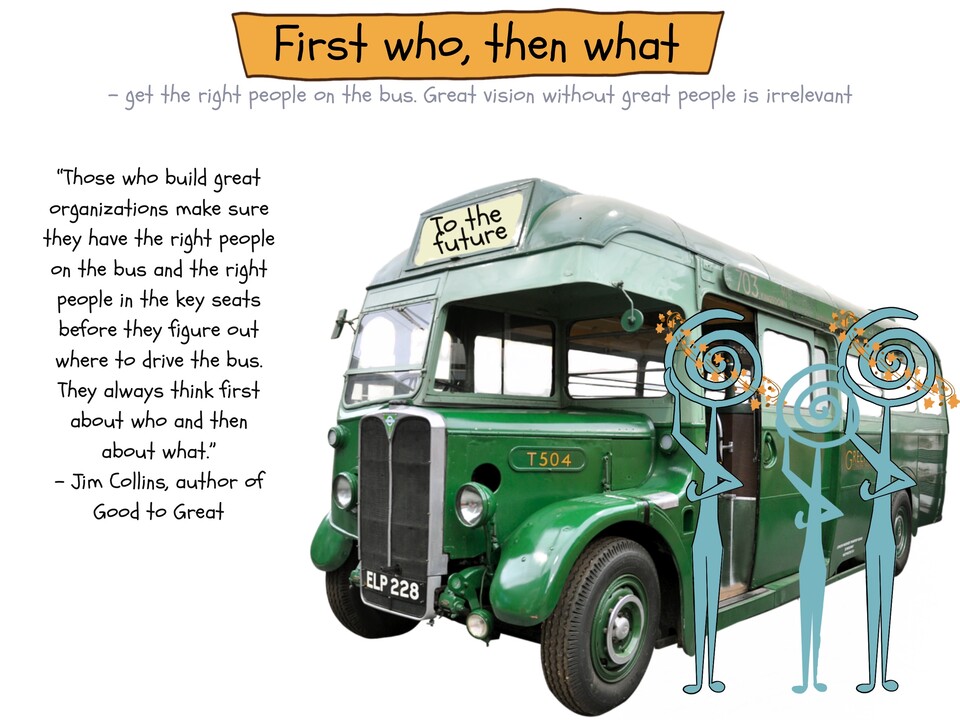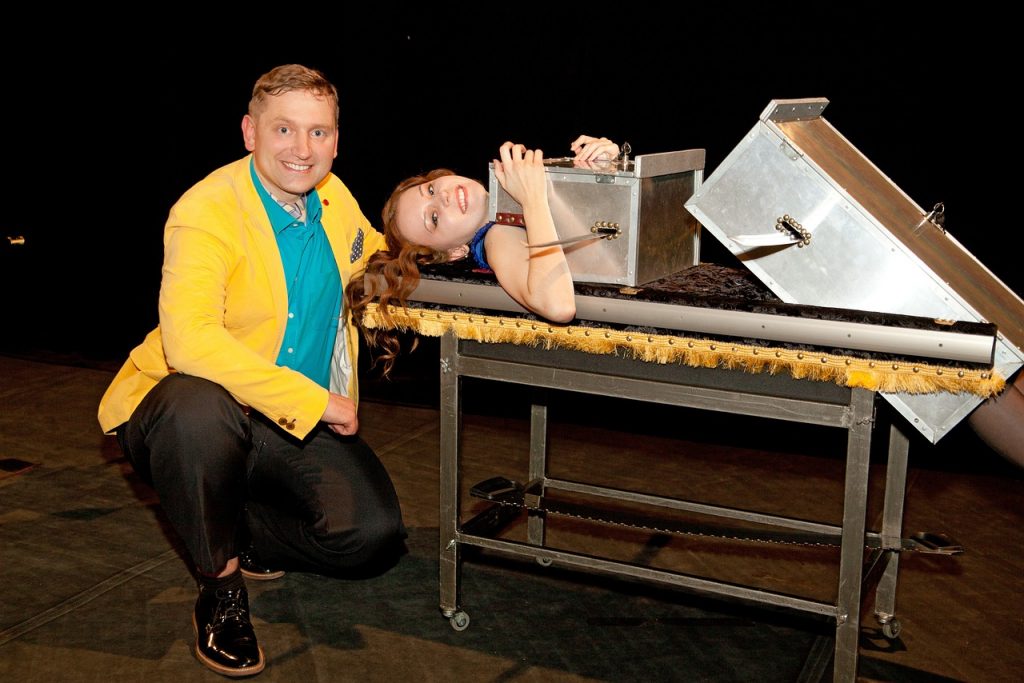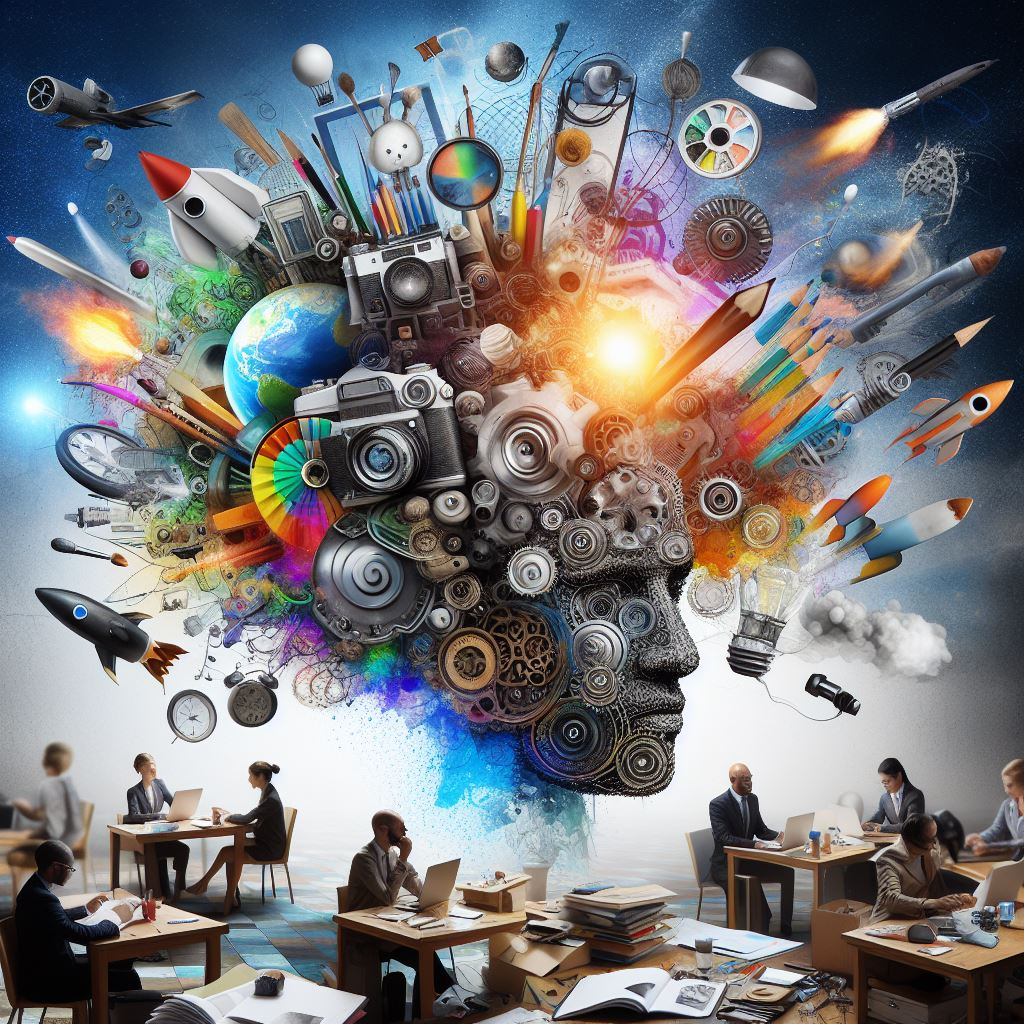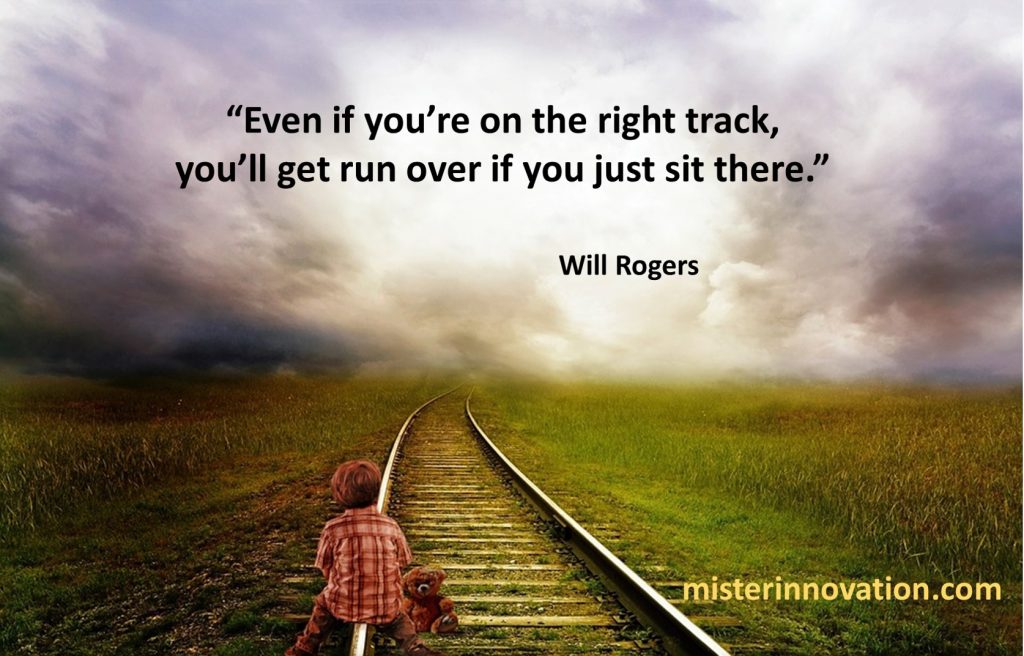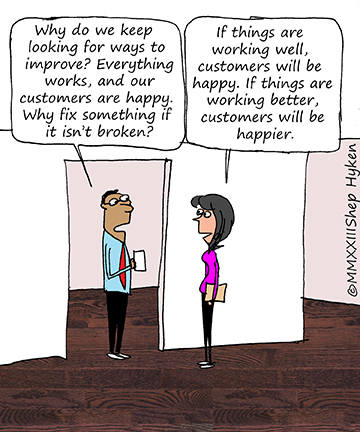
GUEST POST from Shep Hyken
One of my favorite ways to measure a customer’s satisfaction level with a company or brand is by using the Net Promoter Score (NPS) question, which is, “On a scale of zero to 10, how likely are you to recommend this company to a friend or colleague?” If the customer answers with a nine or a 10, they are known as a “promoter.” The insight is obvious. The customer experience was good enough for them to recommend the company. That would be sufficient if all you were interested in was customer satisfaction, but taking this to the next level is to wonder if the customer will actually recommend the company to another person.
That’s what led Marbue Brown, founder of Customer Obsession Advantage (COA), to create a study. His goal was to find out what type of customer would go from saying they would recommend a company to actually doing so. The COA interviewed more than 1,200 consumers who rated 22 recognized brands to compare customers classified as NPS promoters and customers who were obsessed with a brand.
Consider the following findings from the COA study:
- 82% of obsessed customers say they will recommend you to others.
- 42% report they have already recommended you more than five times in the past year.
- 44% say they always/usually share their feelings about the company with others when given the opportunity.
- 26% say they have placed online reviews.
- 88% say they will “absolutely” repurchase in the next 12 months.
These are more than just findings. These are behaviors. Consider that 42% of customers have already recommended the company or brand five or more times in the past year. That’s huge! Or, that 26% placed online reviews. How would you like one in four customers to leave positive reviews about you? (Rhetorical question). These are significant actions that create positive word-of-mouth marketing moments.
Whatever metric you have chosen to measure customer satisfaction— NPS, CSAT (Customer Satisfaction), CES (Customer Effort Score), Time Well Spent, etc.—they are all good tools that serve a purpose and provide important information, but they must be used for more than vanity. A high NPS is just a number, and it should offer more than bragging rights. While it’s nice to know you’re making your customers happy enough to recommend you, leave reviews, etc., it’s more important to recognize that these high scores are opportunities to take action. In other words, actions speak louder than words. A high NPS does not guarantee a customer will promote your business. You must determine if they are obsessed with your brand. While the customer with a high COA score may promote without prompting, why take a chance that they won’t?
For example, a high NPS is especially powerful in the B2B world, where salespeople often call on their customers. When a customer gives a high score, follow up with a phone call or personalized email to thank them for the high score and ask them, “In our survey, you mentioned you would recommend us. Would you be willing to share the names or make introductions to those people?” You may be pleasantly surprised at the positive responses you get from customers who are obsessed with your company.
The insights from Brown’s COA study highlight the behaviors of obsessed customers. The challenge is for us to take traditional metrics like NPS, CSAT and others to another level. A willingness to recommend (a Net Promoter) is just another way to measure customer satisfaction unless you do something with the data. The magic happens when this willingness turns into a tangible action that includes repeated recommendations, online reviews and a customer who says, “I’ll be back” and means it! That’s the difference between a willingness to promote and customer obsession.
Image Credits: Pexels
This article originally appeared on Forbes.com
![]() Sign up here to join 17,000+ leaders getting Human-Centered Change & Innovation Weekly delivered to their inbox every week.
Sign up here to join 17,000+ leaders getting Human-Centered Change & Innovation Weekly delivered to their inbox every week.

